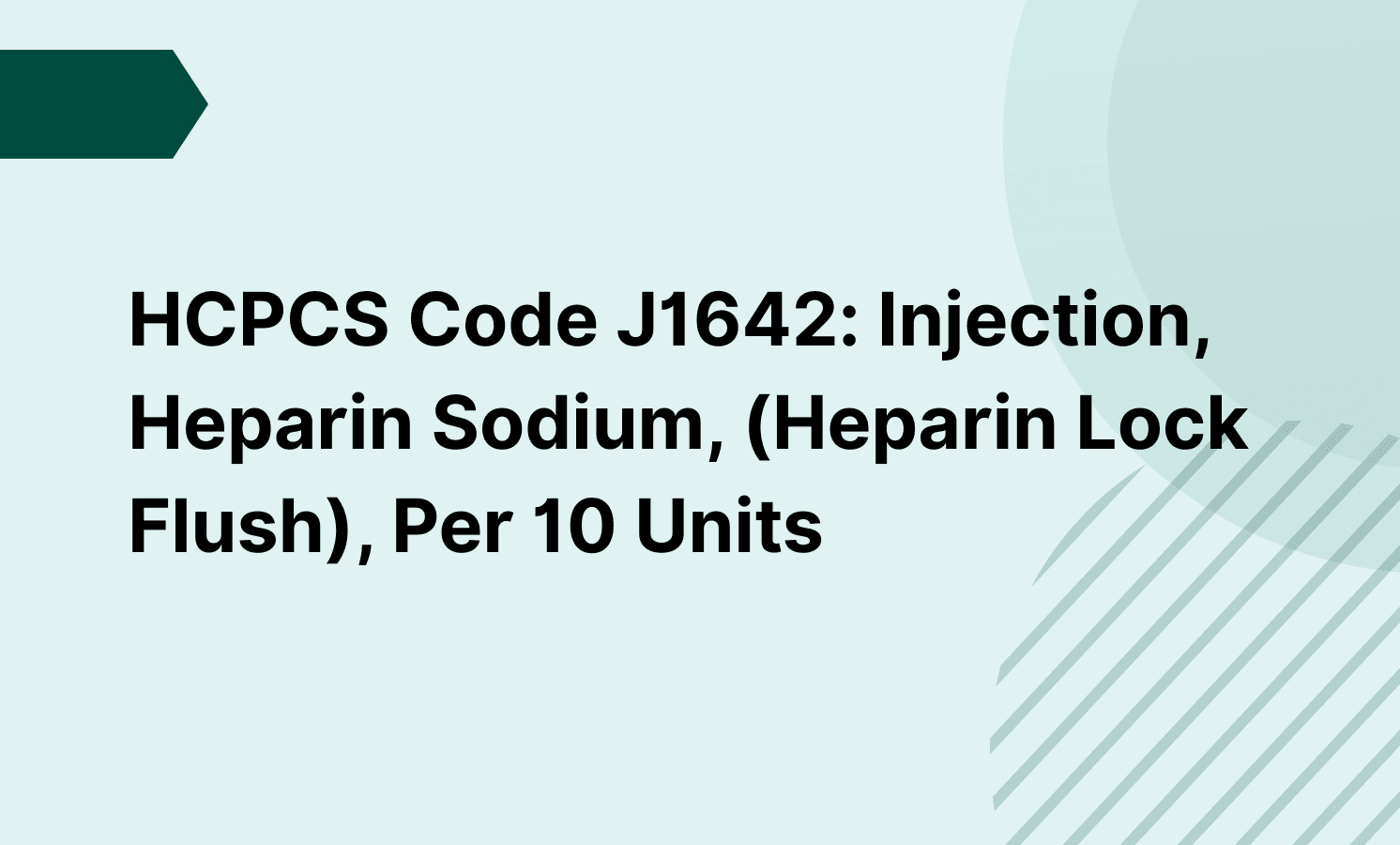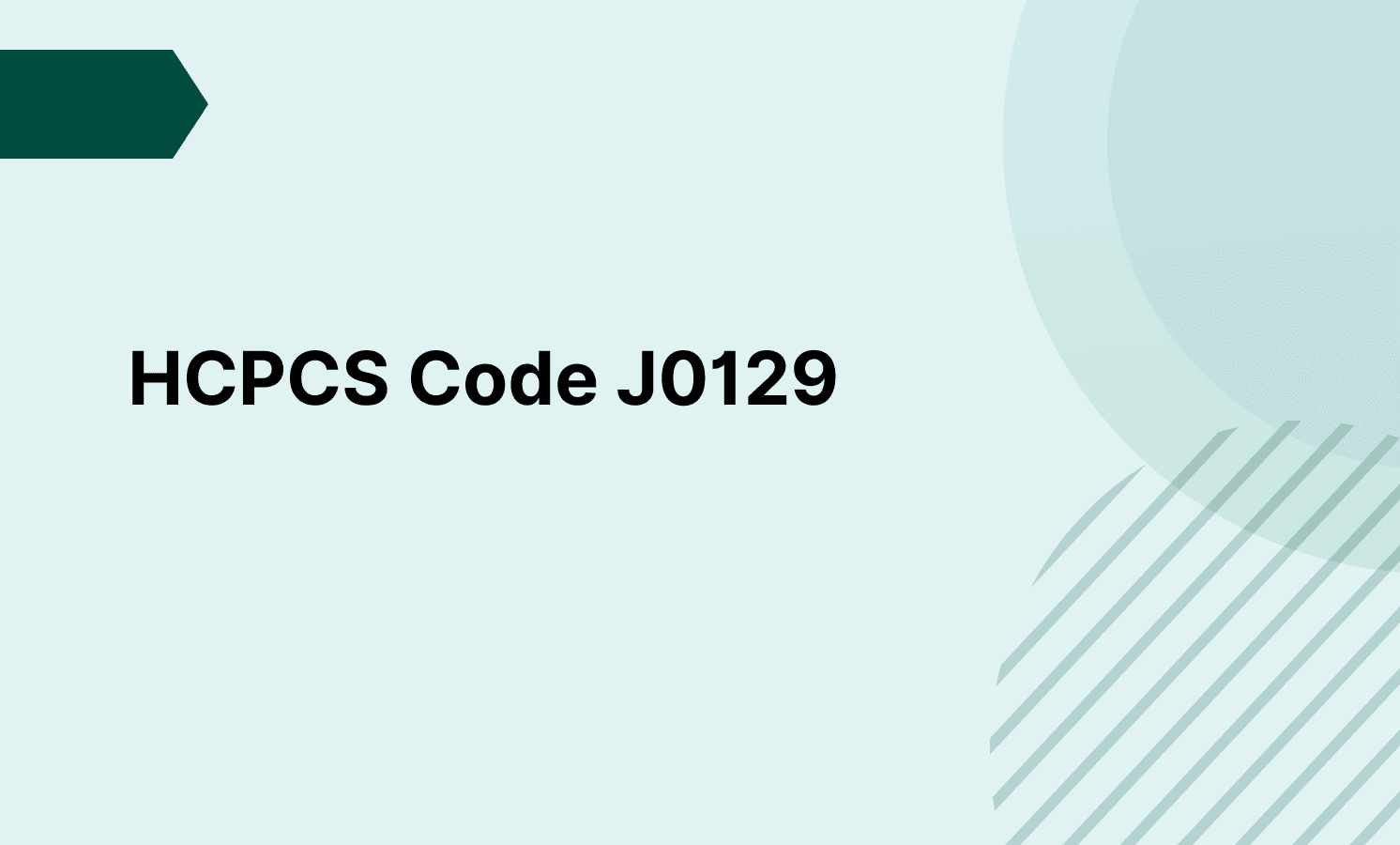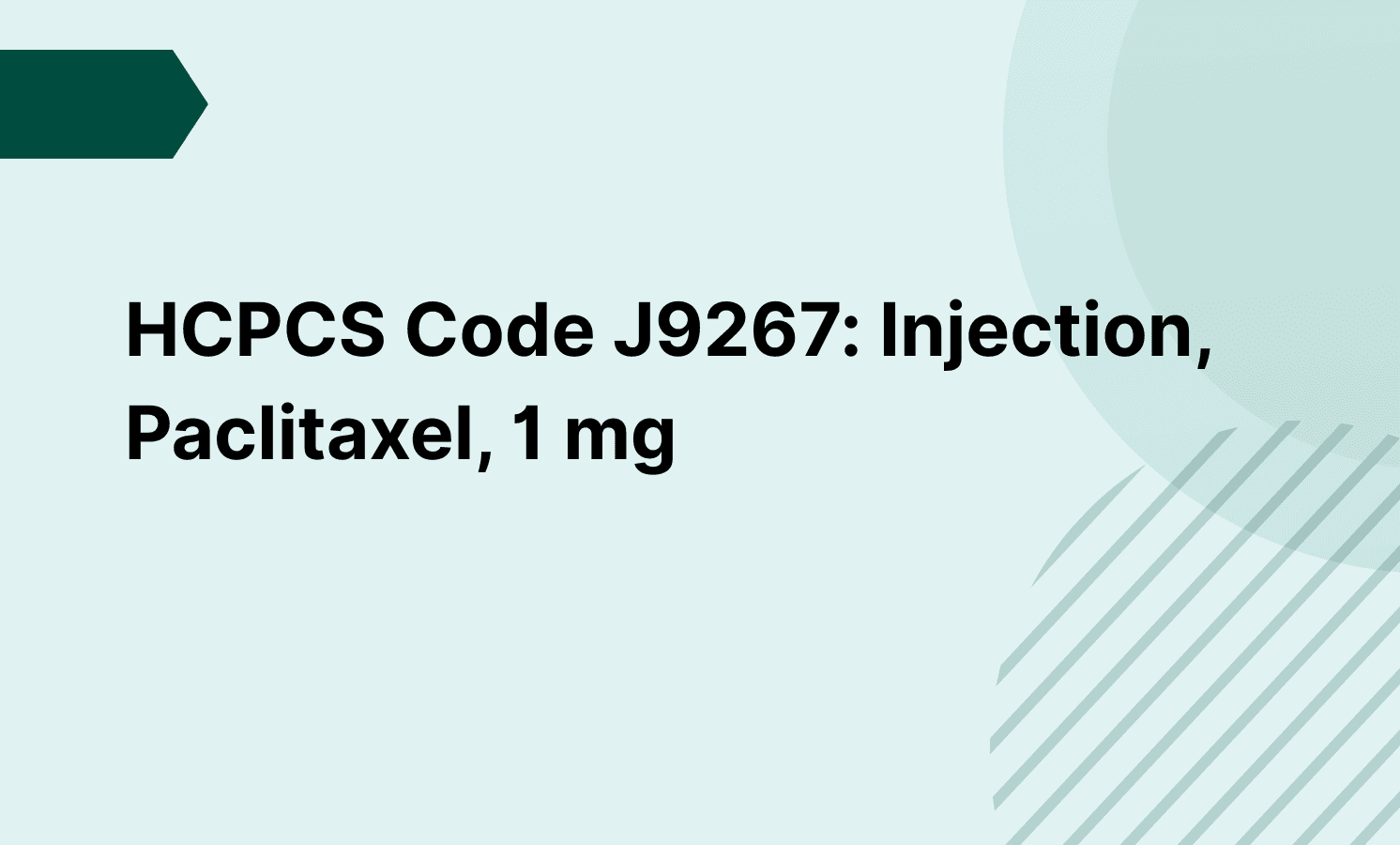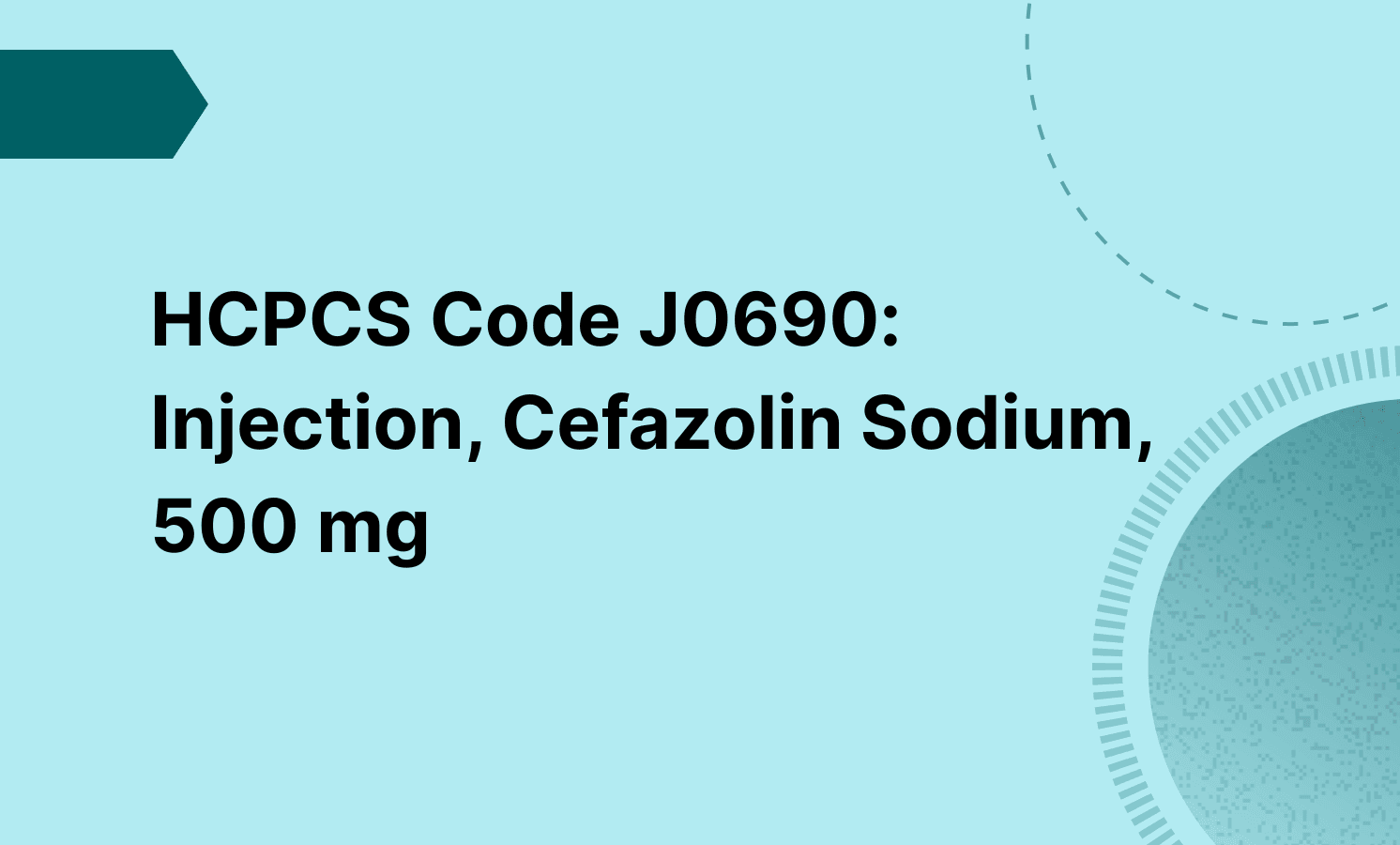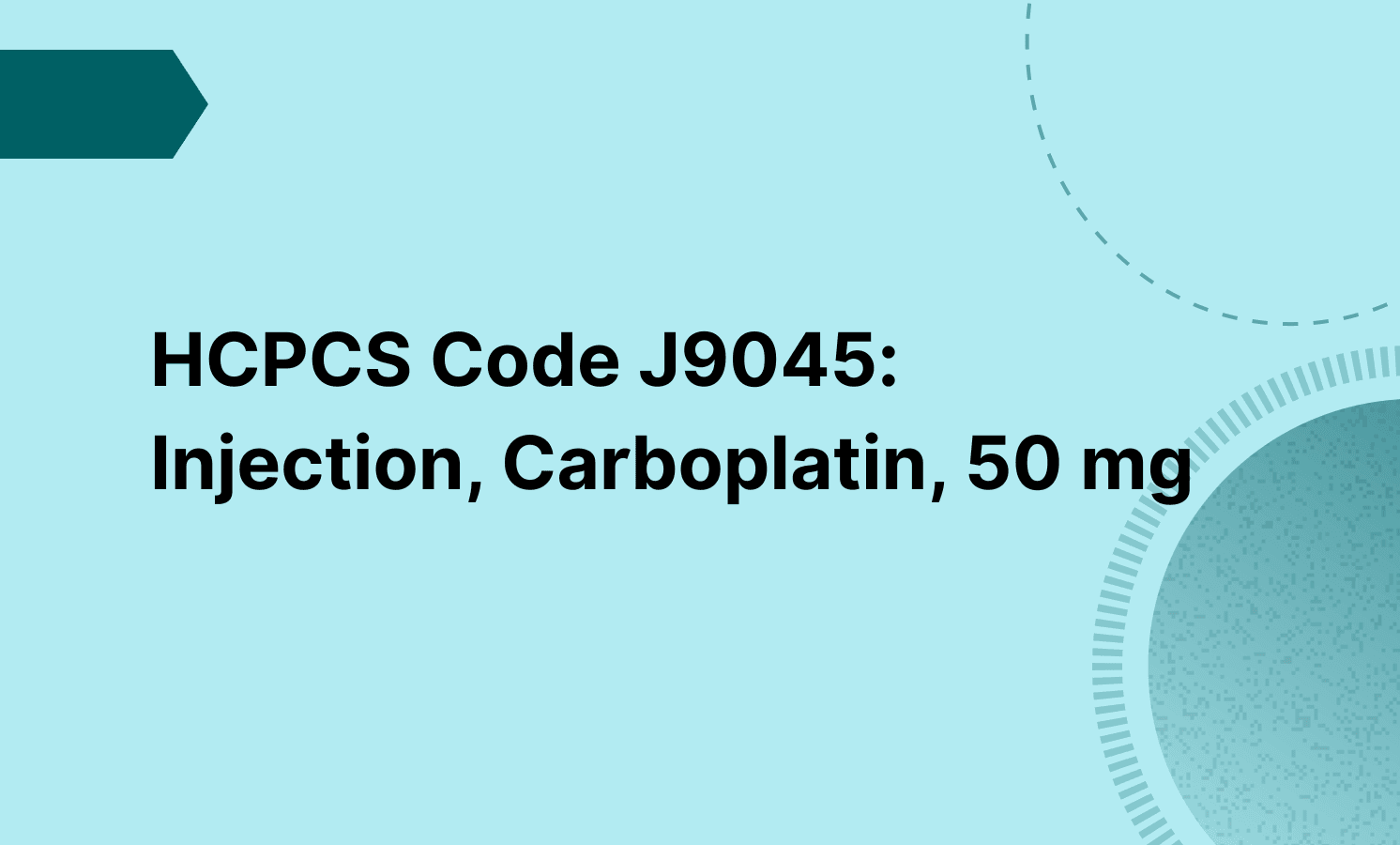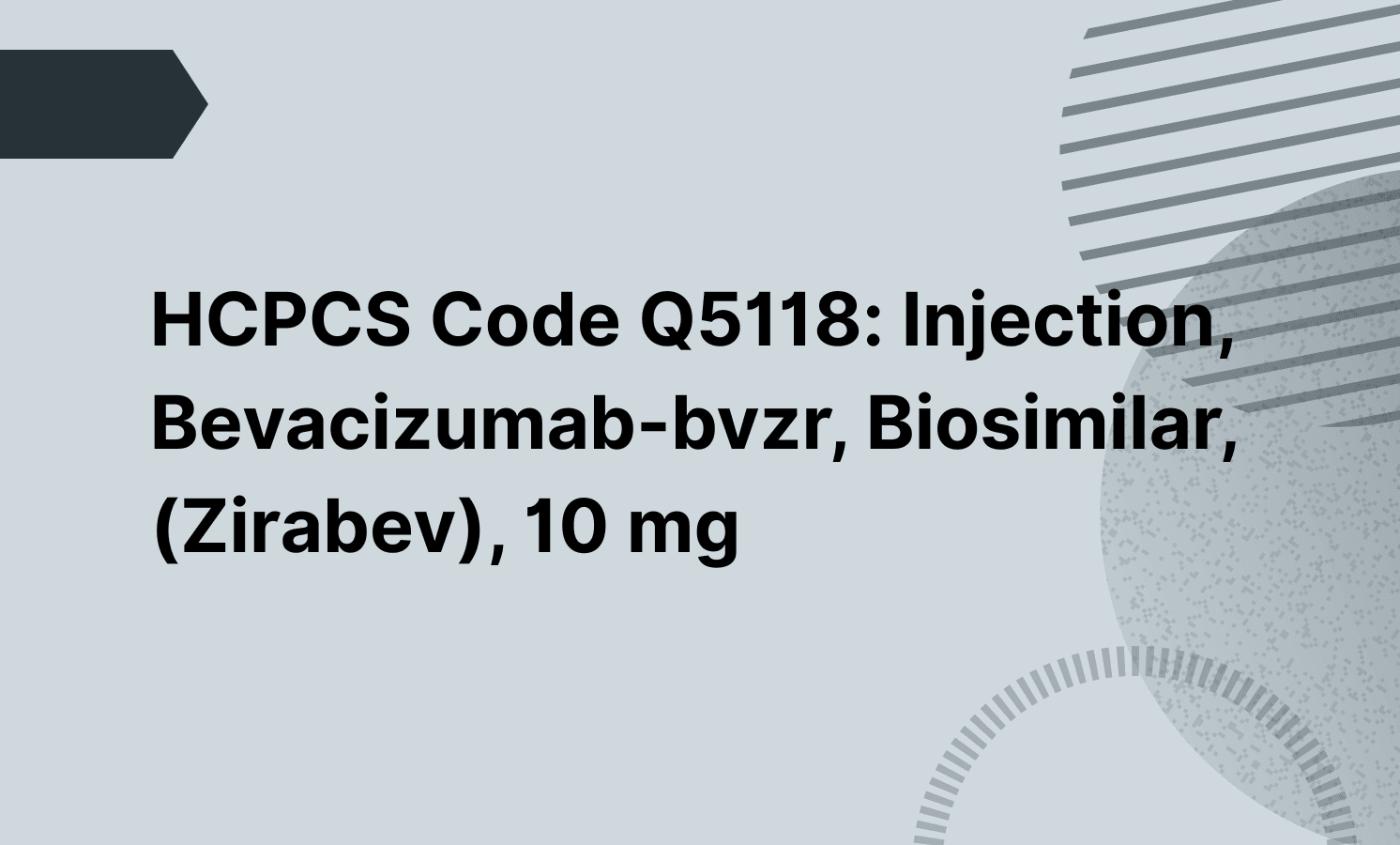The CPT code is 71271, which covers a low-dose CT scan of the chest used specifically to screen for lung cancer. It’s done without contrast and is meant for people who meet certain risk criteria.
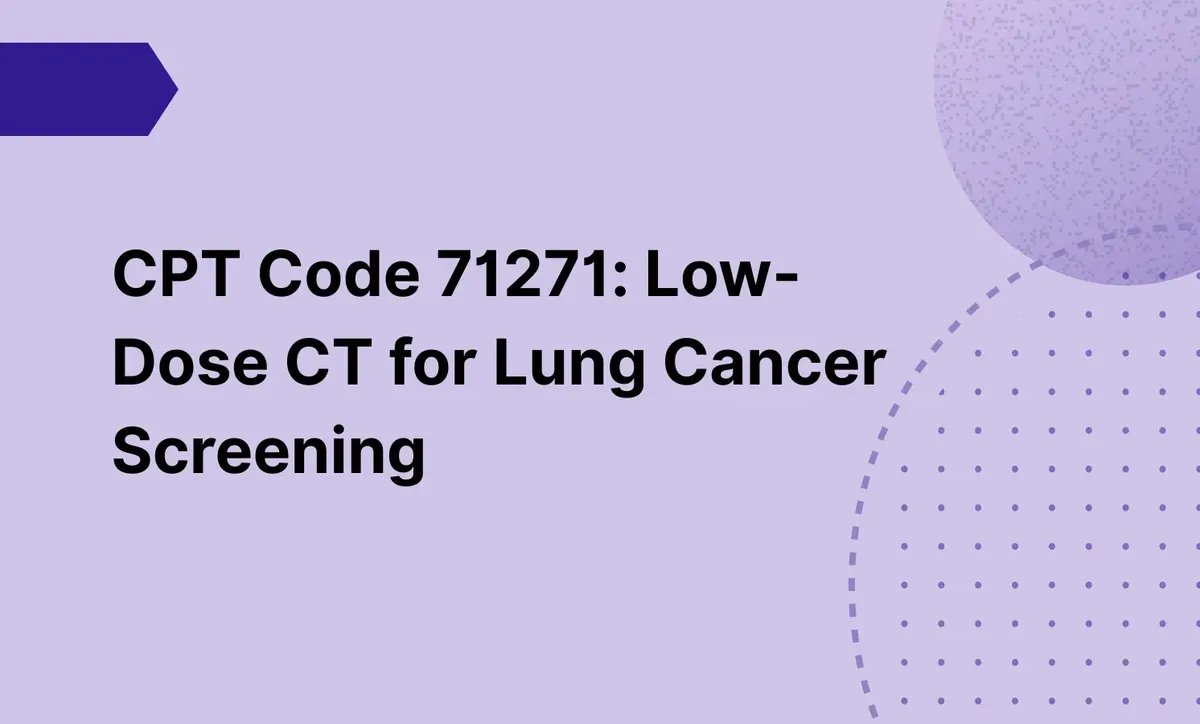
CPT Code 71271: Low-Dose CT for Lung Cancer Screening
Read about CPT 71271 guidelines and billing insights to streamline your practice. Gain clarity on coding and ensure accurate reimbursement.
Use Code
Frequently asked questions
A regular CT scan uses more radiation and is usually done when someone has symptoms. A low-dose CT (LDCT) uses much less radiation and is mainly used for routine screening in people at risk for lung cancer.
Medicare covers the scan for adults aged 50 to 77 years old (80 for some payers) who have certain risk factors, like a history of heavy smoking. The person should also smoke or quit within the past 15 years.
EHR and practice management software
Get started for free
*No credit card required
Free
$0/usd
Unlimited clients
Telehealth
1GB of storage
Client portal text
Automated billing and online payments

